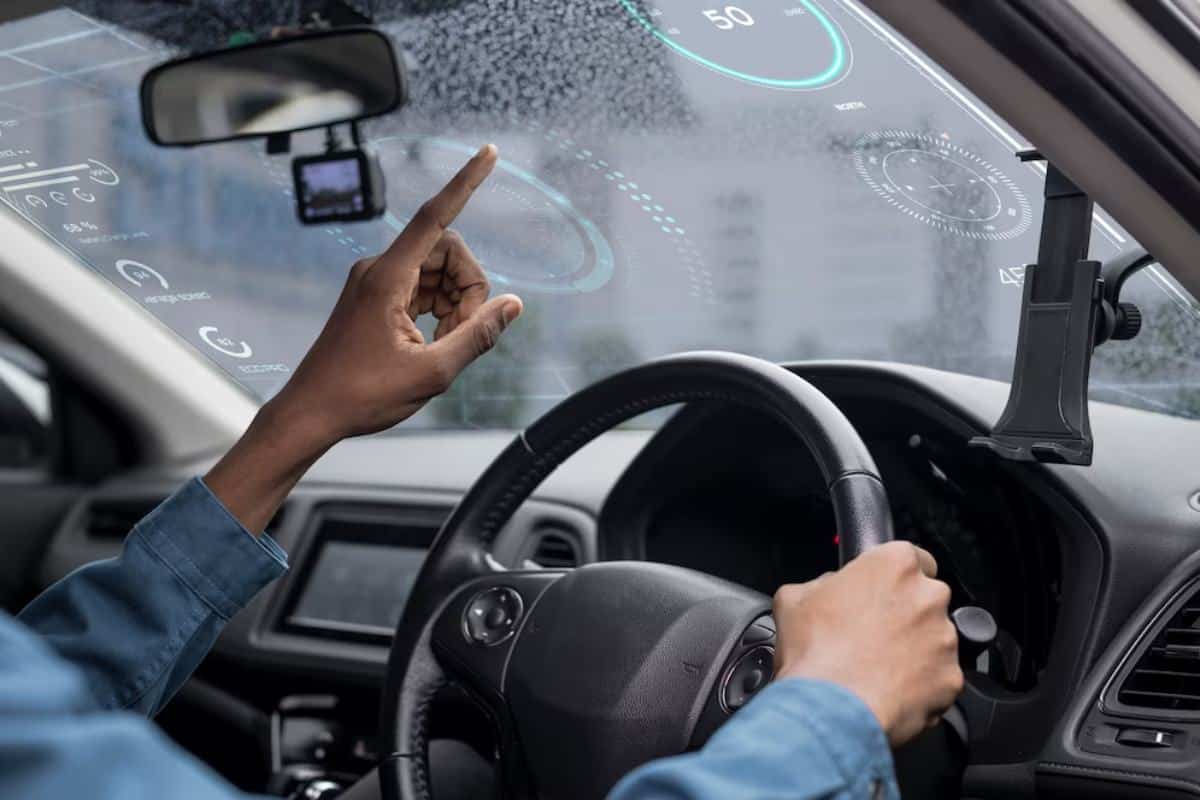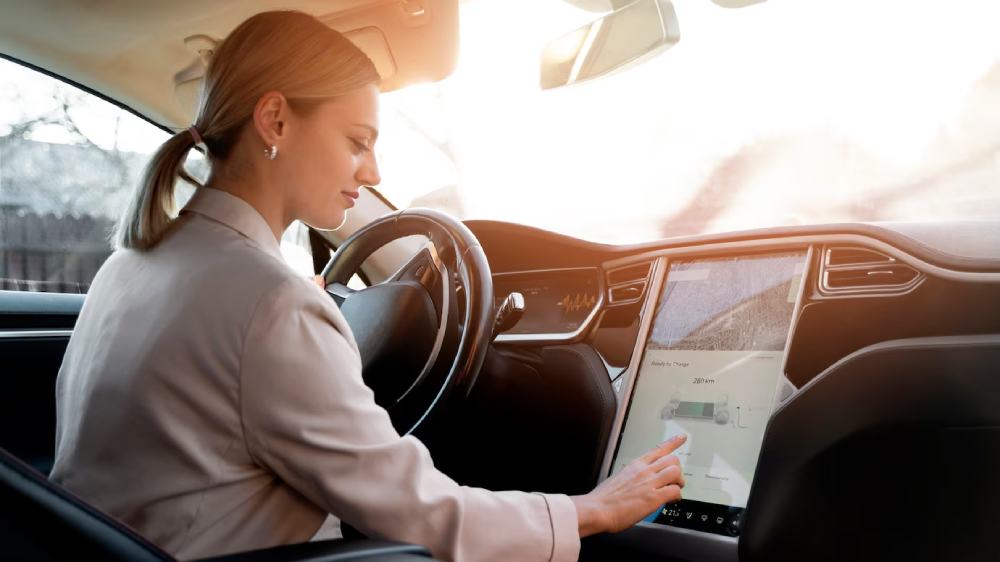
The Evolution of Autonomous Driving Technology
The way we get from A to B is changing fast. And right at the centre of this shift? Self-driving cars. What started as a futuristic dream is now rolling onto real roads. We’ve gone from clunky prototypes to AI-powered vehicles that practically drive themselves. This isn’t just cool tech—it’s a whole new chapter for transport. So, let’s unpack how we got here, why it matters, and what’s coming next.
Why Autonomous Driving Tech Matters
Self-driving cars aren’t just flashy gadgets—they could seriously change the game. From safer roads to more inclusive travel, there’s a lot riding on this technology. Here’s why it’s more than just a techie trend.
Making Roads Safer
Here’s the kicker: human error causes around 90% of road accidents. Autonomous vehicles? They don’t text and drive. With high-tech sensors and lightning-fast algorithms, these cars can spot trouble and react quicker than we ever could. According to the World Health Organization, traffic accidents are one of the top global causes of death. Autonomous driving could help us turn the tide.
Like when Sarah’s gran stopped driving after a minor fender-bender—she lost confidence. But with a reliable autonomous car? She’d be back to her weekly café visits in no time.
Helping People Get Around
Not everyone can drive. Think of elderly folks or people with disabilities. For them, self-driving cars could mean freedom and independence. No need to rely on others or wait for the next (often late) bus. These vehicles can fill gaps where public transport falls short. This is especially true in rural areas, where a taxi can cost more than a small holiday.
Cutting Congestion and Emissions
We’ve all been stuck in traffic, crawling along while fumes rise around us. Not fun Autonomous vehicles are changing mobility in urban areas.They can improve traffic flow, reduce stop-and-go situations, and drive more efficiently. That means fewer emissions and better fuel economy. In a world trying to cut carbon, that’s a win.
How Far We’ve Come: A Quick Journey
Autonomous cars didn’t pop up overnight. It’s been a long road—full of innovation, setbacks, and breakthroughs.
The Early Days
Back in the 1950s, engineers were already dreaming of automated highways. Some experiments even used radio signals to guide cars. Wild, right? Real progress began in the 1980s. That’s when universities and research labs created the first true autonomous prototypes. They were clunky—but they worked.
Enter AI
Everything changed with artificial intelligence. Suddenly, cars could learn, adapt, and make decisions. AI lets vehicles recognise road signs, dodge pedestrians, and figure out the best route—even when it’s pouring down or visibility’s rubbish. This shift from simple automation to smart driving was a massive leap forward.
Tech Giants Join the Race
Fast-forward to now, and the big players are in the mix. Waymo, Tesla, and Uber have invested millions in self-driving research. They’ve created fleets and driven millions of miles. This has sparked a wave of innovation. Traditional carmakers like Ford and Mercedes aren’t sitting still either—they’re teaming up with tech firms to push things forward.

Tips, Traps, and Things to Watch
With all this progress, it’s easy to get swept up. But there are still some tricky bits to keep in mind. Let’s break down the do’s and don’ts.
Safety First, Always
Top priority? Keep people safe. While autonomous tech has come a long way, it’s not foolproof. Developers must run many tests, add safeguards, and get ready for surprises—like a cat chasing a squirrel on a busy road.
Don’t Put Too Much Faith in the Tech
Just because a car can drive itself doesn’t mean you can nap behind the wheel. Overtrusting the tech leads to trouble. Drivers still need to stay alert and ready to step in. Plus, engineers are still working on those rare but weird “edge cases” the systems don’t yet handle well.

The Legal and Ethical Stuff
Here’s why this matters: putting self-driving cars on public roads raises big questions. Who’s to blame in a crash? How should the car choose between two bad outcomes? Governments and companies need to hash out clear rules—and fast. Otherwise, we’ll be stuck in legal limbo while the tech races ahead.
What’s Next? Expert Thoughts
So, what do the folks in the know say? A lot, actually. Here are some standout ideas for the road ahead.
Cars That Chat
Autonomous vehicles won’t just think for themselves—they’ll talk to each other too. Cars will use V2V (vehicle-to-vehicle) and V2I (vehicle-to-infrastructure) systems. They will share data to prevent pile-ups and pass through green lights smoothly. It’s like giving each car a sixth sense.
Winning Over the Public
Here’s the elephant in the room: not everyone trusts a driverless car. To fix that, companies need to be transparent. Show the data. Share the safety stats. Let people test ride the tech and ask questions. Trust builds slowly—but it’s essential if this revolution’s going to stick.
Like when Dave reluctantly took a demo ride in an autonomous shuttle. He was gripping the seat at first, but by the end, he was taking selfies and texting, “This is nuts—in a good way!”
Wrapping Up: Buckle Up for the Future
Autonomous driving tech is shifting gears—fast. From improving road safety to opening up travel for more people and cutting emissions, it’s got game-changing potential. But the road ahead still has a few potholes: legal grey areas, ethical dilemmas, and public scepticism.
Still, if we keep innovating, stay responsible, and bring everyone along for the ride, the future looks bright. Safer, smoother, and way more sci-fi than your morning commute.
So, next time you see a car without a driver, don’t panic. You might just be looking at the new normal.